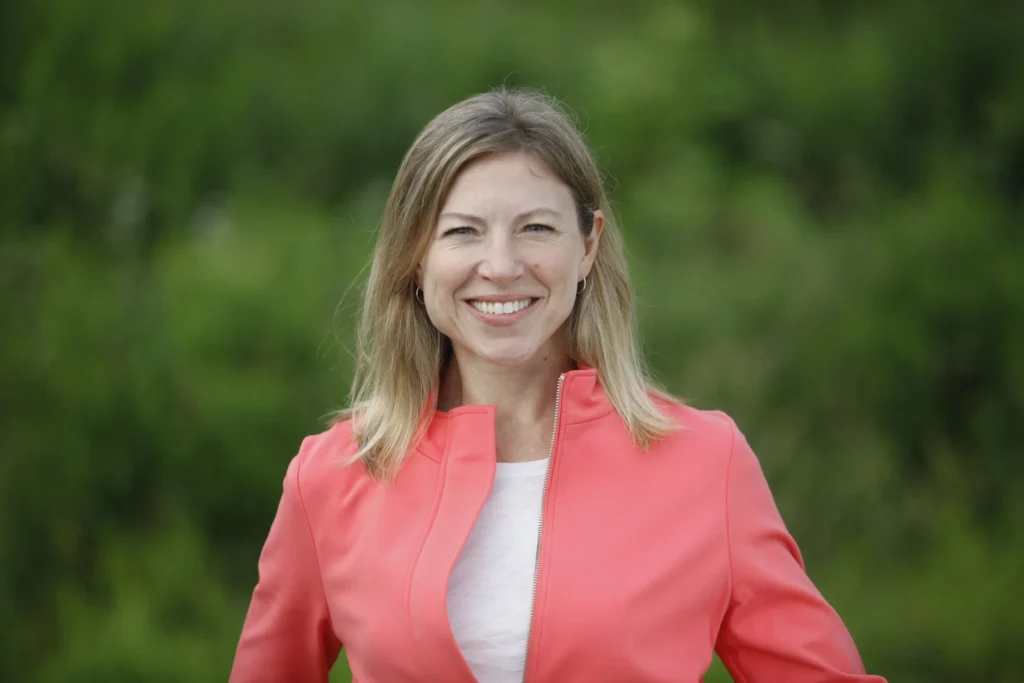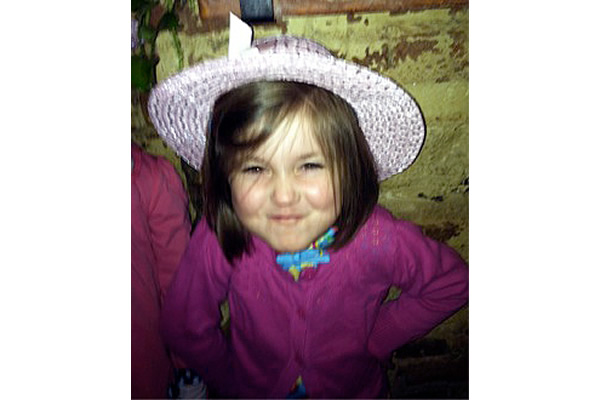This post is the first in a five-part series by guest contributor Emily Carley, collectively titled Neuroinclusive Spaces for All! When Access to Literacy Affirms Identity and Feels Like Belonging.
Readers of all ages can relate to the appeal of “curling up with a good book.” More than just a cozy idiom, the expression reminds us that comfort and surroundings shape the reading experience. Finding a space to read where one feels secure and at ease builds positive associations with the act, while fostering a sense of belonging.
For neurodiverse readers, the reading environment can make an even greater difference. Neuroinclusive literacy practices help make it possible for all children to experience the joys of reading by mindfully removing barriers, creating social and emotional safety, and ensuring equitable access to high-quality literacy support.
The neurodiversity movement, which gained momentum in the 1990s, reframed neurological differences not as deficits but as natural variations in how people think, learn, and interact. Grounded in equity, inclusion, and respect, this perspective guides neuroinclusive practices that help autistic, ADHD, AuDHD (autistic/ADHD), and dyslexic community members feel a sense of belonging in public spaces.
Since the passage of the Americans with Disabilities Act (ADA) in 1990, public spaces have become more welcoming through features like automatic doors, wider doorframes, gender-neutral restrooms, and family-friendly design. These changes demonstrate that when we design for access, we create spaces that benefit entire communities. We can all play a role in nurturing inclusive settings where all children can learn, grow, and thrive.
One way to think about access is through the example of reading glasses. With the right lenses, words come into focus. With the right support, reading becomes accessible–and joyful!–for every child.
In her next post, Emily Carley shares how positive changes can impact a few common experiences and settings, particularly for neurodiverse readers and their families.

Emily Carley, M.Ed. HQVTED & Specialized Literacy Professional Lic. PK-12
With more than 20 years experience in public education, 15 as a dedicated early elementary
classroom educator in Vermont public schools, Emily is a master educator PK-12. She’s an
Orton-Gillingham Classroom Educator & Associate Certified instructor skilled in Structured
Linguistic Literacy. Emily teaches graduate courses, supports fellow educators with joy,
connection and persistence so all can learn to read. She is founder of The Literacy Spark, LLC
and a full-time public school district literacy specialist. Emily is a certified Educating Children
Outdoors (ECO) educator and published author, trained in RULER (Brackett, PhD)
social/emotional intelligence and is a neurodiversity & inclusion educator. Emily’s instruction is
scientifically-based, systematic, explicit, multisensory and emotionally sound for all ages. She is
an unwavering advocate for dignity in education.
Emily enjoys seeking her own new experiences: watercolor painting, pruning untamable fruit
trees and finding world’s best coffee in little-known shops when traveling.



